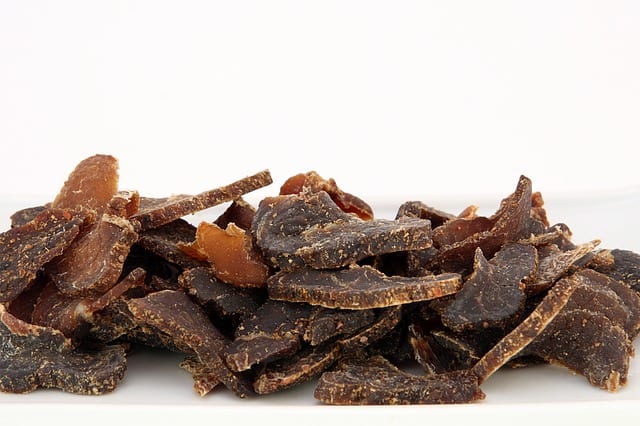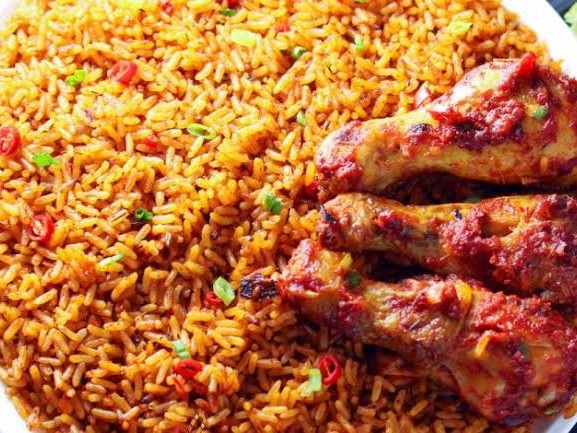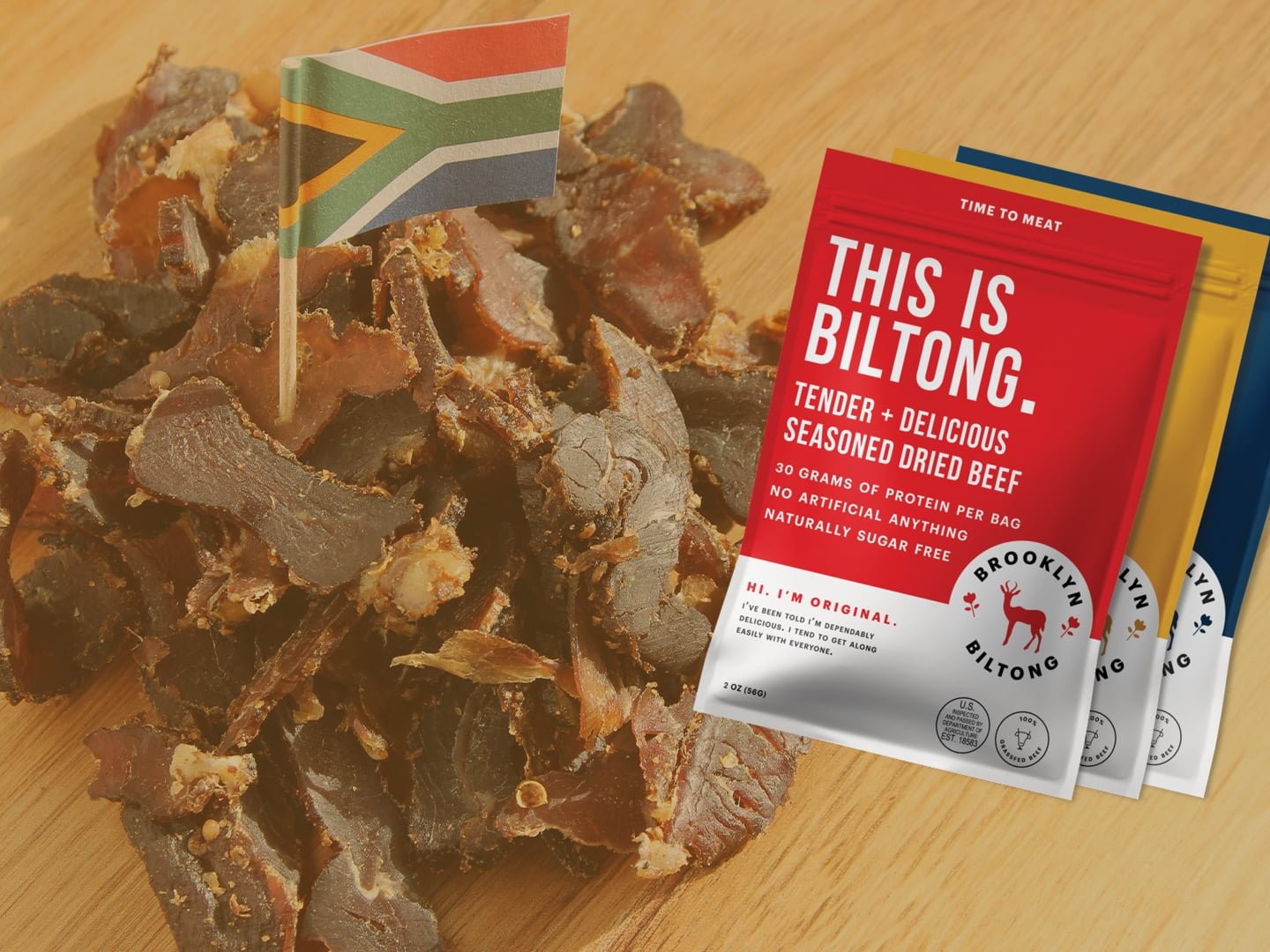Share this!
What is Biltong Jerky?
Biltong jerky, at its most basic, is cured and dried meat of Southern African origin that came out of the need to preserve meat from game such as kudu, impala, springbok and even wildebeest. It’s a popular delicacy in South Africa, eaten on its own or as an ingredient in various dishes. Today, biltong jerky is often made from the rump or silverside of beef because it’s cheaper and more easily accessible compared to game animals.
History of Biltong Jerky
For the pastoral Khoikhoi of what is now South Africa, and the Ndebele of modern-day South Africa, Zimbabwe and Botswana, leftover meat from the hunt was preserved by rubbing salt on it and hanging it on tree branches to dry.
European settlers arrived in South Africa in the 17th century, and brought with them spices to preserve meat and give it more flavor. They built on traditional ways of curing meat by adding vinegar and saltpetre to the mix to kill bacteria in the meat and prevent food poisoning.

It was the 19th century Dutch famers known as Voortrekkers who perfected the biltong recipe. The Voortrekkers wanted to escape the British, who at the time ruled the Cape where Dutch farmers had land. To sustain them on what became known as the Great Trek, they had to find a way to preserve meat that was portable and non-perishable. Biltong, as we know it today, was the perfect solution. Properly dried biltong keeps up to a year in cool, dark and dry storage.
Biltong comes from Dutch words ‘bil’ meaning ‘rump’ or ‘behind’ and ‘tong’ meaning ‘tongue’ or ‘strips.’
Who Eats Biltong?
Biltong is widely eaten not just in South Africa but also in Namibia, Botswana and Zimbabwe (where it’s called chimukuyu), countries where the indigenous population practiced preserving meat with salt for thousands of years. But biltong is as iconic as a South African delicacy as Table Mountain is as recognizable as a Cape Town natural monument. In South Africa, biltong can be bought anywhere: from supermarket counters to transport hubs and even gas stations.
With the African diaspora, however, biltong’s popularity has crossed the Atlantic and made its way to North America. Large groups of African immigrants in Europe also mean that biltong is making a quiet yet steady inroad into European tables.
South African distance runners often chew on biltong jerky to combat dehydration and hasten post-run recovery. This salty treat also breaks the sugary taste that’s the standard taste of post-run snacks. It’s also not uncommon for South African business to sell ‘teething biltong’ for babies to chew on as their teeth erupt. This type of biltong often has mild seasoning and little to no salt.
How is Biltong Made?
Biltong jerky can be preserved with ingredients as simple as rock salt and vinegar, or like how the Dutch did it with pepper and coarsely ground coriander added to the traditional mix. The process of making biltong also depends on how you want the final product to be: dry and crumbly, or moist and chewy. The drier you want your biltong, the longer it stays hung to remove all moisture.

To make your biltong more savory, expand your ingredient list to include brown sugar, red wine vinegar, bicarbonate of soda, Worcestershire sauce, chili peppers and paprika on top of the usual ingredients which are salt, vinegar, coriander and black pepper. If you’re adventurous you can use game meat, otherwise stick to a chunk of silverside beef. This is a cut of beef from the rump or hindquarter, just above the leg.
Slice this huge chunk of meat into strips of about 2cms. thick following the grain of the muscle. Pack the strips into a square container, then fill the container with enough vinegar and Worcestershire sauce to cover the top of the meat. Leave for 30 minutes. Others who want their biltong jerky vinegar-y marinate the strips overnight in a fridge.
In another container, mix the coriander and pepper. Combine sugar, salt and bicarbonate of soda in a third bowl. Take the meat out of the marinade (but don’t throw the juice just yet) and mix the meat in the bowl of spices until every strip is coated. Set aside the spices that didn’t stick.
Then take the spice-coated meat and cover it with the salt and sugar mixture for three hours. Transfer the meat back into the bowl of vinegar marinade and let it steep for five minutes. Wash all the salt off with vinegar (otherwise, your beef will become too salty). Squeeze the moisture from the meat by pressing paper towels on each side. Use your leftover spices to coat the strips of meat once more. Then they are ready to hang!
When hanging, the strips of meat should not touch another meat or anything on the sides or bottom. Keep them hanging for 3 to 5 days in a warm, dry place, or up to two weeks if you want your biltong jerky dry and crumbly. When done, cut into small squares and enjoy as a snack, with alcohol, or as toppings for pizza, baked potato, and yes, even cheese cake.






